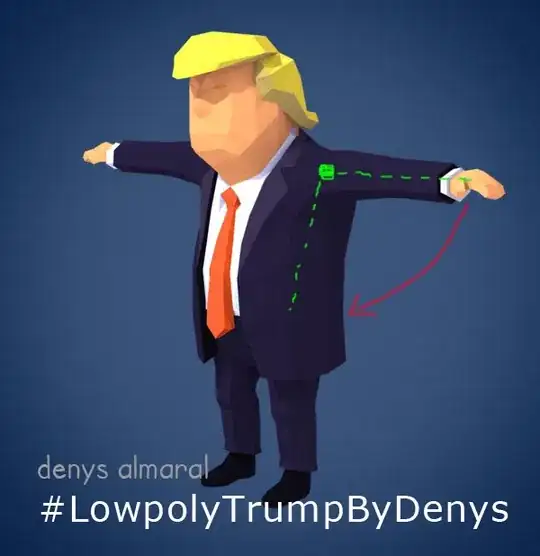I'm relatively new in the field of 3D printing and design. By now I've created and printed some technical objects with TinkerCAD, but now I've a task, which I don't know how to solve.
I have the following model as STL-file:

Now I want to "adjust" the arms of the model, as shown in the picture. I want the arms to hang besides the body.
I know that I could cut and rotate the arms and then merge them again with TinkerCAD but the outcome dosn't look good and the workflow feels wrong.
So what is the right tool/way to get this task done?
*Disclaimer: I'm not Denis Almaral, but he released this model unter CC license. So I kept his name on the image to credit him, as requested via CC.